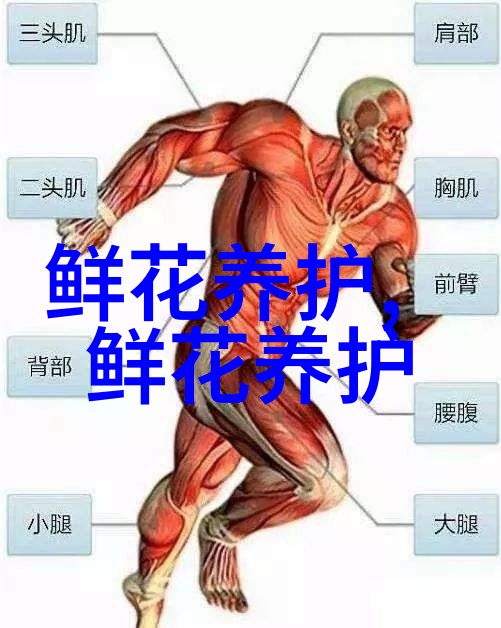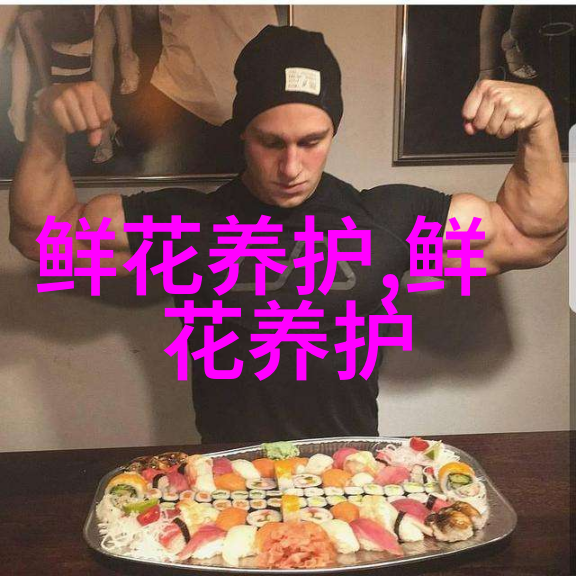紫砂壶焐灰原理全接触紫泥与紫砂区别解析
紫砂壶的焐灰原理全接触:紫泥与紫砂区别解析

在中国陶瓷艺术中,宜兴紫砂陶以其独特的工艺美术和悠久历史享誉国内外。它不仅体现了中国传统工艺的精髓,而且在现代社会中依然备受推崇。那么,什么使得宜兴紫砂陶能够在众多陶瓷作品中脱颖而出?我们将从生产工艺角度探讨这个问题。
(一)紫泥制备及其对品质影响

紫泥制备方法变化:随着时代的变迁,泥料颗粒大小发生了变化,这直接影响了不同时代风貌和内在性能。

手工与机械加工对比:手工制作更为复杂且耗时,但保留了传统的手感;机械化后细度控制更高,但失去了手感。
试样年代 | 紫砂泥团粒最大尺寸 | 相应筛号 |
---------|---------------------|----------|

宋朝中期 | 0.7~0.5mm | 26~35目 |
清朝前期 | 0.5m/m | 35目 |

清朝中期 | 0.3m/m | 55~60目 |
现代手工制 | 0.3m/m | 60目 |
现代机器制 | 0.15m/m | 100~120目 |
(二)独特成型技艺
成型方法多样性:包括手工、注浆、旋坯和印坯等几种方式,其中手工是传统之选。
精加工关键性:通过脱空成型和表面的精加工,使得产品具有良好的平整光泽,并保持一定气孔率。
(三)烧成技术
窑炉演变史:从龙窑到倒焰窑再到隧道窑,每个阶段都有不同的燃料使用,从茅草、松柴到烟煤,再至重油。
匣钵烧成技巧:明代起开始采用匣钵技术,以防止火刺并提高装窑密度。
3Purple clay burnishing principle: Purple clay burnishing is a traditional technique used to enhance the appearance of purple clay tea sets by creating a uniform black color on the surface of the set.
The process of purple clay burnishing involves several steps:
The tea set must be fully fired before undergoing this process.
A layer of wood charcoal powder or other material is placed in a mold, and the tea set is carefully placed inside.
The mold is then sealed, creating an oxygen-free environment within.
The tea set is subjected to a second firing at a lower temperature (typically around 1000°C).
The principle behind purple clay burnishing lies in the oxidation-reduction reaction that occurs during this process.
In normal firing conditions, iron oxides present in the purple clay react with oxygen to form iron(III) oxide (Fe2O3), which gives them their characteristic red or violet color.
During purple clay burnishing, however, these same iron oxides are exposed to reducing conditions due to lack of oxygen and heat from burning wood charcoal powder or other materials.
Under these conditions, iron(III) oxide reacts with carbon dioxide produced by combustion and releases carbon monoxide gas while converting into ferrous oxide (FeO). This ferrous oxide has a black coloration due to its reduced state compared with ferric oxide's reddish hue.
Thusly we have seen that through different techniques employed during production processes like hand-making vs machine-making; unique forming methods such as handcrafted craftsmanship alongside advanced machinery-driven techniques; plus variations experienced throughout history concerning kiln designations & fuel sources utilized over time - all contribute towards shaping what makes our beloved "purple sand" so exceptional among other ceramic creations!